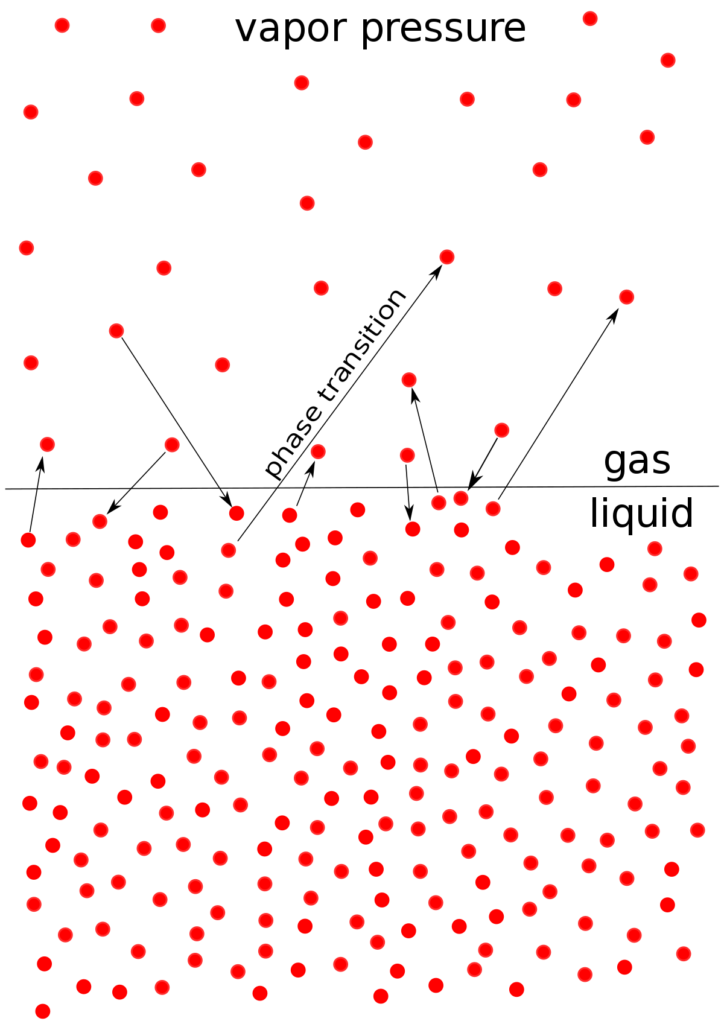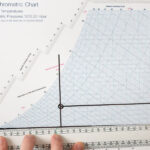Water vapour is one of several gaseous constituents of air, the other principal ones being nitrogen, oxygen and carbon dioxide. Each exerts its own partial pressure on the surrounding environment in proportion to the amount of gas present, the sum of the pressures making up the total or barometric pressure of the air. When there is a difference in concentration of one of these gases between two points, there will be a corresponding difference in partial pressure. This will cause a flow of that particular gas from the point of higher concentration to the lower. When a partial pressure difference exists between two sides of a material, the gas involved will diffuse through the material until the partial pressures of that gas are equalized.
The rate of diffusion will be determined by the partial pressure difference, the length of the flow path, and the permeability to the particular gas involved of the medium through which flow is taking place.
When water changes state from a liquid to a gas, as it does when it evaporates into the air, the water molecules in the vapour expand. Just as air pressure is directly related to the number of gas molecules per cubic meter of space, so vapour pressure results from the number of water vapour molecules per cubic meter. The greater the moisture vapour content of air, the greater the vapour pressure. Thus vapour pressure is linearly related to absolute humidity and is represented on Psychrometric Chart by lines that run horizontally and the values are on the far right hand side of the chart increasing from bottom to top. The unit of measure for vapour pressure is inches-w.g. or PASCAL

Vapour Pressure shown on Psychrometric Chart
Vapour pressure directly affects evaporation rate. If the vapour pressure in the air is already very high, it is more difficult for water molecules to break free from a liquid surface and enter the air as vapour. That is why there is very little evaporation in humid environments. The point at which absolutely no more evaporation will occur because the air is already saturated is called, interestingly enough, saturation pressure and coincides with the saturation point.


